France is, without a doubt, one of the most fascinating countries in Europe. It’s no surprise that over 80 million tourists per year are lured to L’Hexagone (the French nickname for France, which refers to the physical shape of the country) by its culture, gastronomy, fashion, history, and lifestyle. Indeed, it’s hard to adequately describe France’s appeal, that certain je ne sais quoi, to someone who hasn’t had the pleasure of experiencing this incredibly diverse country firsthand. However, it’s easy to suggest ten sights—located all over the country—that you should definitely visit as you explore the land of wine, cheese and baguettes.
Eiffel Tower (Tour Eiffel) – Paris
The Eiffel Tower, designed by Gustave Eiffel built in 1889 for the Universal Exhibition to celebrate the centennial of the French Revolution, has become the symbol of Paris and is one of the top tourist destinations in France. It can be seen from most vantage points in the city, but arguably the most spectacular view is from the Trocadéro in the 16th arrondissement. In the summer months, when tourism is at its peak, the lines for the elevator to go up the tower can be very long. You can walk to the first level, (360 steps) or the second (700 steps). There is a change of elevators on the second level, so you can stay on the second level, or go from there to the top if you’d like. Once you get to the top, there is an observation room surrounded by glass, so you need not go out in the winds to get the 360-degree view of the city from over 1000 feet up. Many tourists actually think the view from the second level is actually better than on the third. From the second level, you can see all the monuments and places of interest very well.
Find the lowest prices available on great hotels near the Eiffel Tower >>
Pont du Gard – Near Nimes
A masterpiece of Roman architecture, the Pont du Gard, was constructed around 19 BC as part of a Roman aqueduct system that transported spring water from the nearby city of Uzès to Nimes. Constructed without mortar, this bridge carried 4.4 million gallons of water per day on its top level. The lower levels served as bridges over the Gard River 158 feet below. After not being used for more than 1700 years, the bridge was restored in the 19th century. Now, visitors can drive across the lower tier and walk across the two upper tiers. After you check out the bridge, wade in the clear blue waters of the Gard River, or take some time for photos with the bridge, an Unesco World Heritage Site, in the background.
Mont-St-Michel
Linked to the mainland by a causeway constructed in 1877, the Mont-St-Michèl abbey rises majestically out of the shifting tides of the sea. The buildings on this isolated island date from the 11th century. Inspired by an apparition of St. Michael, the bishop of Tombe built an oratory on the island, which was followed by even more splendid buildings, all in honor of St. Michael. The beauty of Mont St. Michel is the view from afar, especially at dawn or dusk. The island itself has become somewhat of a tourist trap with one souvenir shop after another as you climb to the top of the abbey. However, view from the abbey over the sea and coastline is lovely, and definitely worth the climb. History buffs will enjoy taking a guided tour of the abbey and its grounds.
Chateau de Chenonceau
This stunning château is set atop the River Cher. Chenonceau is known as “Château des Dames,” because it owes a large part of its history and charm to women. Built in 1513 by Katherine Briçonnet (wife of Charles VIII of France), it was made more attractive by Diane de Poitiers (mistress of King Henry II) and Catherine de Médicis (wife of King Henry II), and saved from destruction during the French Revolution by Madame Louise Dupin (wife of a wealthy Frenchman, Claude Dupin).
I highly recommend taking a guided tour to learn about the fascinating history of this architectural gem. On your visit, you will see Renaissance furniture, a vast ensemble of XVIth and XVIIth century tapestries and a great number of masterpieces by Le Primatice, Rubens, Le Tintoret, Rigaud, Nattier, and Van Loo. Be sure to take some time to explore the exquisite gardens as well.
La Cite Carcassonne
This medieval town is complete with a moat, turrets and ramparts. Restored in the 19th century, thanks to the attentions of historian Viollet-le-Duc, the citadel of Carcassonne looks as it did when it was built by King Louis IX in the 13th century. It is a truly a beautiful and moving thing to see the cité’s golden buildings aglow in the sunlight or in the spotlights that come on after dark.
A tour given by a history expert (when you arrive, stop by the visitor’s booth to find out more about tours and times) will unlock the secrets of this historic walled city. A visit to Carcassonne can easily take up the entire day. In the evening, enjoy a dinner at one of the many charming restaurants tucked back amongst the winding cobblestone roads.
Cathédrale de Notre Dame
In addition to being architecturally stunning, Reims’ Cathédrale de Notre Dame is also historically significant— it is where France’s kings were crowned, from Clovis in the 6th century to Charles X in the 19th century. Construction on this impressive church began in the 13th century; over the past 100 years, it has been rebuilt and restored.
Most notable are the windows, such as the 13th century Great Rose Window, featuring the Virgin Mary among angels and apostles, and the unforgettable Chagall window, depicting the Crucifixion. The cathedral’s intricate facades, including the western side’s Gallery of Kings with more than 2,000 statues, are incredible to behold.
Reims is the capital of the Champagne and only about 1.5 hours from Paris by train. It is also one of the Top French cities and a top foodie destination.
Cathédrale de Chartres
Originally constructed in 1020 and destroyed by fire in 1194, the Chartres Cathedral was rebuilt in the 12th century by local citizens and royalty. This stunning cathedral is hailed as one of the most beautiful works of architecture in western civilization, and the most spectacular Gothic cathedral in Europe. It is also home to two of the rare Black Madonnas.
A short (hour and ten minute) train ride from Paris, the town of Chartres is the perfect day-trip destination. After you tour the cathedral, take time to stroll the cobblestone streets and peruse the art galleries, antique shops, and museums. When you need a break from exploring, grab lunch or dinner at one of the charming traditional cafés around the cathedral.
Mégalithes de Carnac (Prehistoric Megaliths)
Located in and around the village of Carnac (in Bretagne), there are literally thousands of ancient granite rocks are arranged in different patterns (the Ménec alignments are the most well-known set of Carnac stones).
Contemporary scientists are still mystified by these stones. It is thought that there is religious significance to these sites, but the placement of the rocks also suggests an astronomical calendar. What we do know is that megalithic tribes carefully placed these rocks as early as 4000bc. There are also a series of caves with prehistoric markings in this area—a must visit for history and prehistoric art buffs.
Les Calanques in the South of France
Les Calanques are a series of rugged white cliffs jut out into the Mediterranean Sea, forming a series of inlets (sometimes referred to as “Meditteranean fjords”). Les Calanques are located in the south of France, roughly between La Ciotat and Marseilles.
The best-known stretch is the Massif des Calanques, found in the Bouches-du-Rhône region, between Cassis and Marseilles. These striking natural beauties are best viewed by boat. There are several ports that offer short trips to see the rock formations, Marseilles and Cassis being the most popular.
Château de Versailles
A short (approximately 20-minute) train ride from Paris, the Château de Versailles is one of the top tourist destinations in France. Home to King Louis the XIV (“The Sun King”), his son Louis XV, and grandson Louis XVI (husband of Marie Antoinette), Versailles is the very definition of exquisite opulence. When it was constructed in built in the 17th century, it was the largest palace in all of Europe. After the French Revolution, it became a museum.
Today, millions of visitors tour the château and surrounding gardens. The guided tour allows for quick entry and lasts approximately 1 ½ hrs. It includes the King’s Apartments (the king’s lavishly-furnished private rooms) and the exquisite Opera House. When you’ve finished touring the château, either walk (about 30 minutes) or take a short tram ride to the Trianon and Petit Trianon. Trianon was the king’s retreat from Versailles and le Hameau (an actual working farm) was where Marie Antoinette played at being simple country folk.
Find the lowest prices available on great hotels near Versailles >>
Of course, these ten sights are just the tip of the iceberg. One could spend a lifetime in France and still not tire of the cultural nuances in each region. My approach to getting to know France has been to concentrate on a different region each time I visit. Hopefully the suggestions above will give you a starting point for your exploration.
Written by Jen Westmoreland Bouchard for EuropeUpClose.com

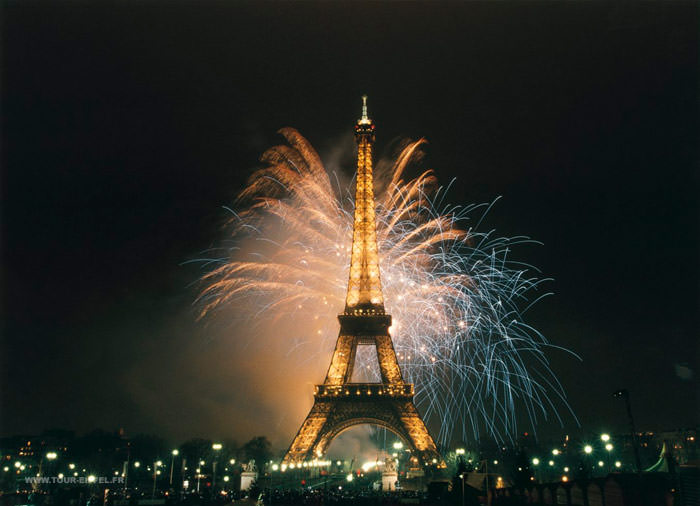
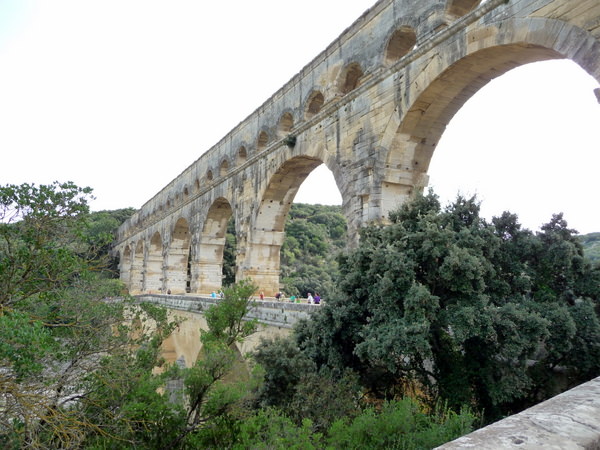
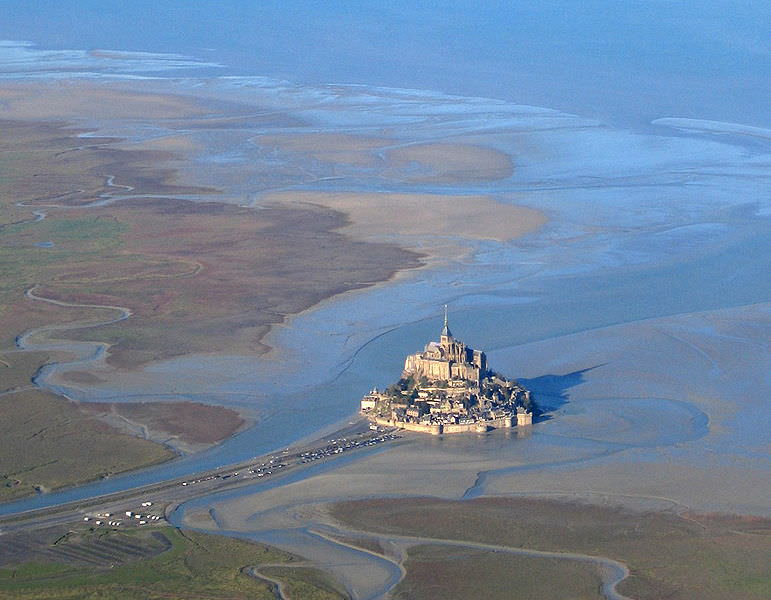

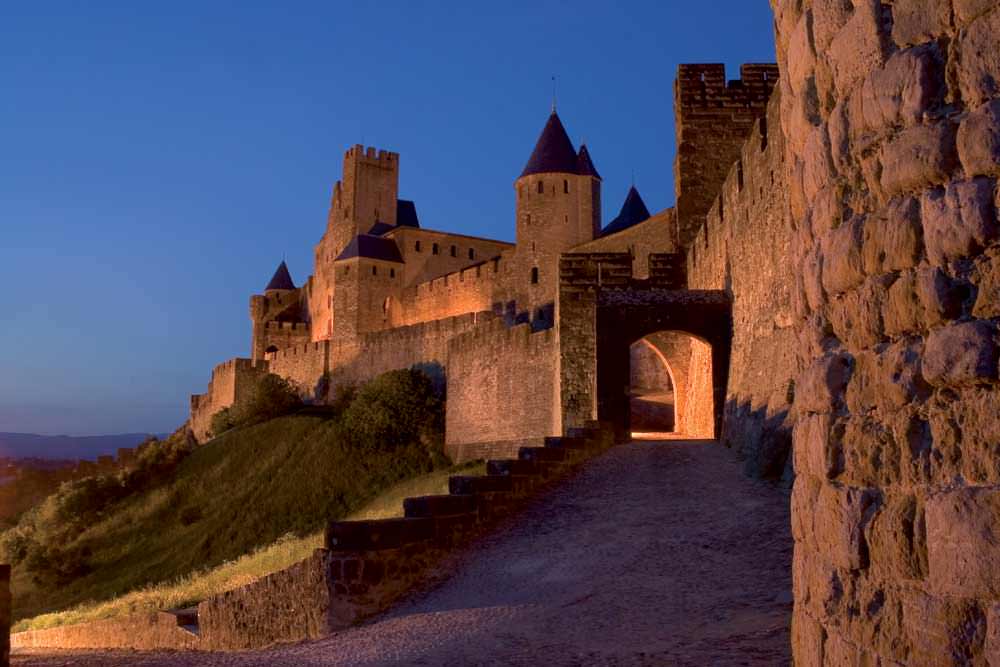

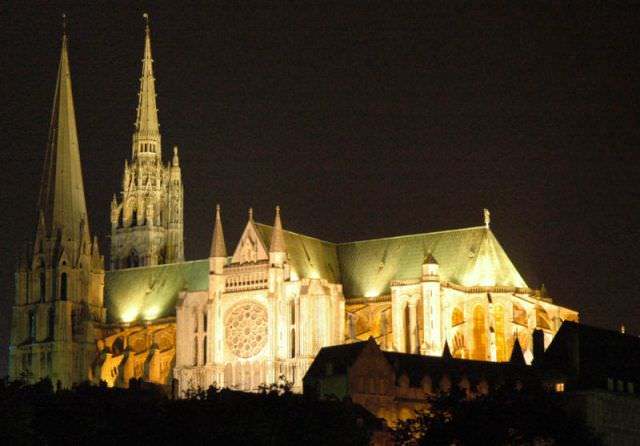
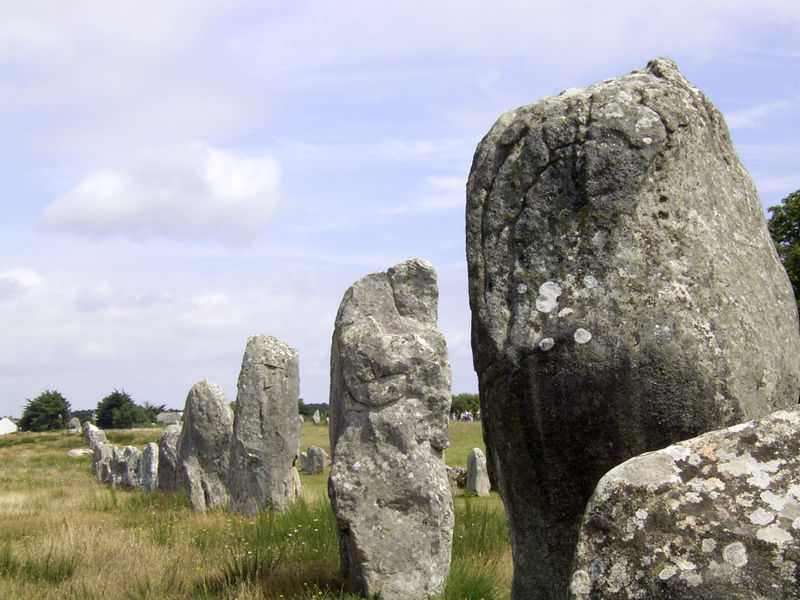
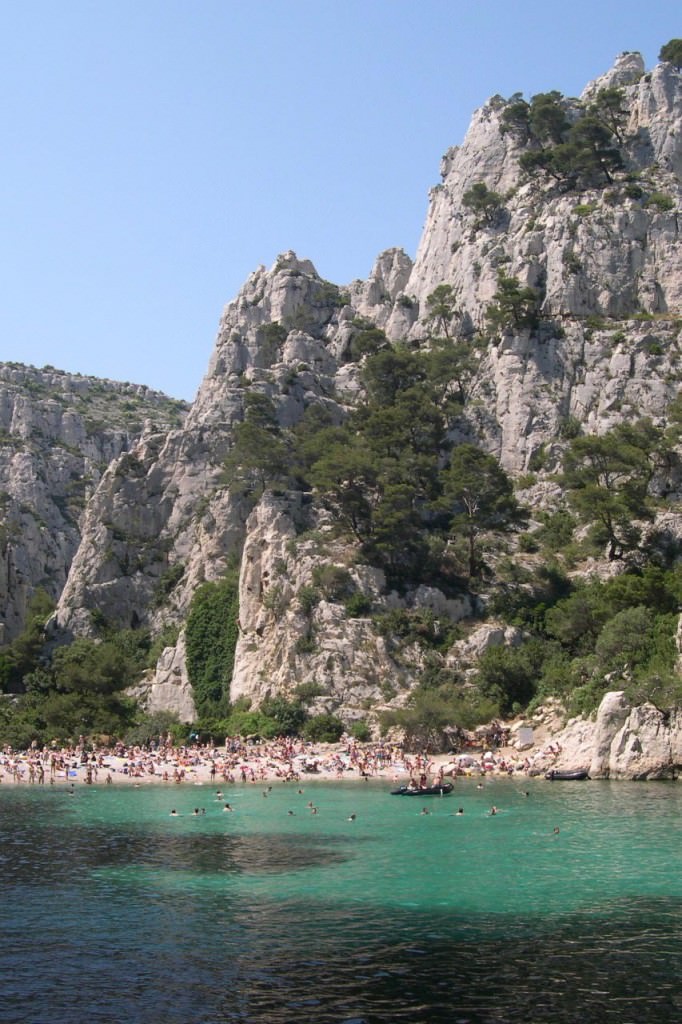

Ben
Thursday 29th of December 2016
Amazing photos and very informative article, thanks for sharing... Keep up the great work
Victoria
Wednesday 30th of November 2016
Me and my 2 friends in my class are having a project about France That's why I looked on here My favorite one is château de Versailles Really good whoever took the photos and thanks for helping me learn So know I can tell my friends From Victoria P.S WHO TOOK THE PHOTOS ???PLEASE REPLY PLEEEEESE
Terri Fogarty
Wednesday 30th of November 2016
We took a few of the photos, but most were from Wikipedia
MLG SAYS
Saturday 19th of November 2016
its a helpful web page but its all in french -_-
Krishna Bhowmick
Wednesday 1st of July 2015
It's a very lovely place. I love it. and also its a beautiful place like Heave.
swag
Sunday 10th of November 2013
helpful thanx